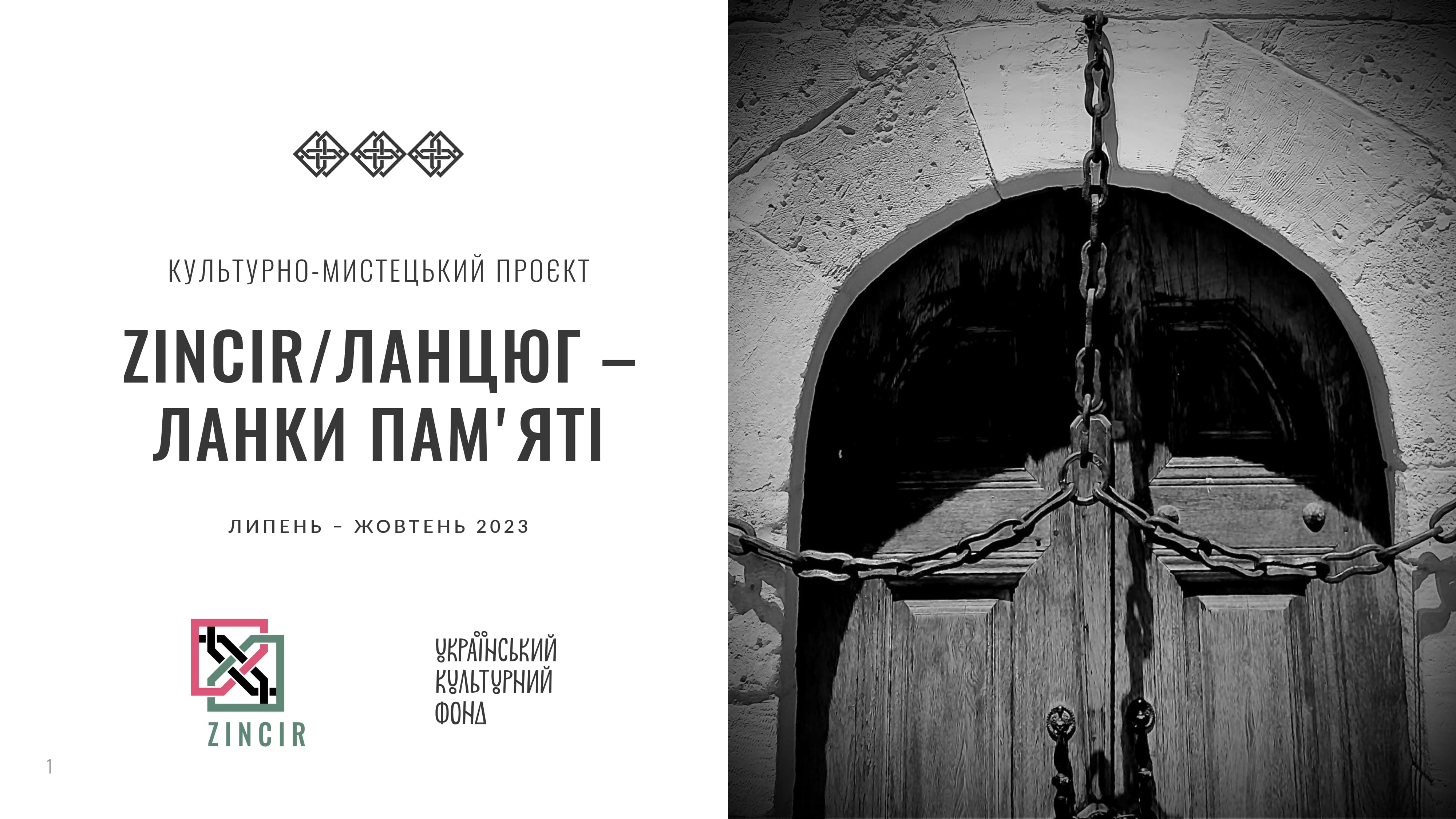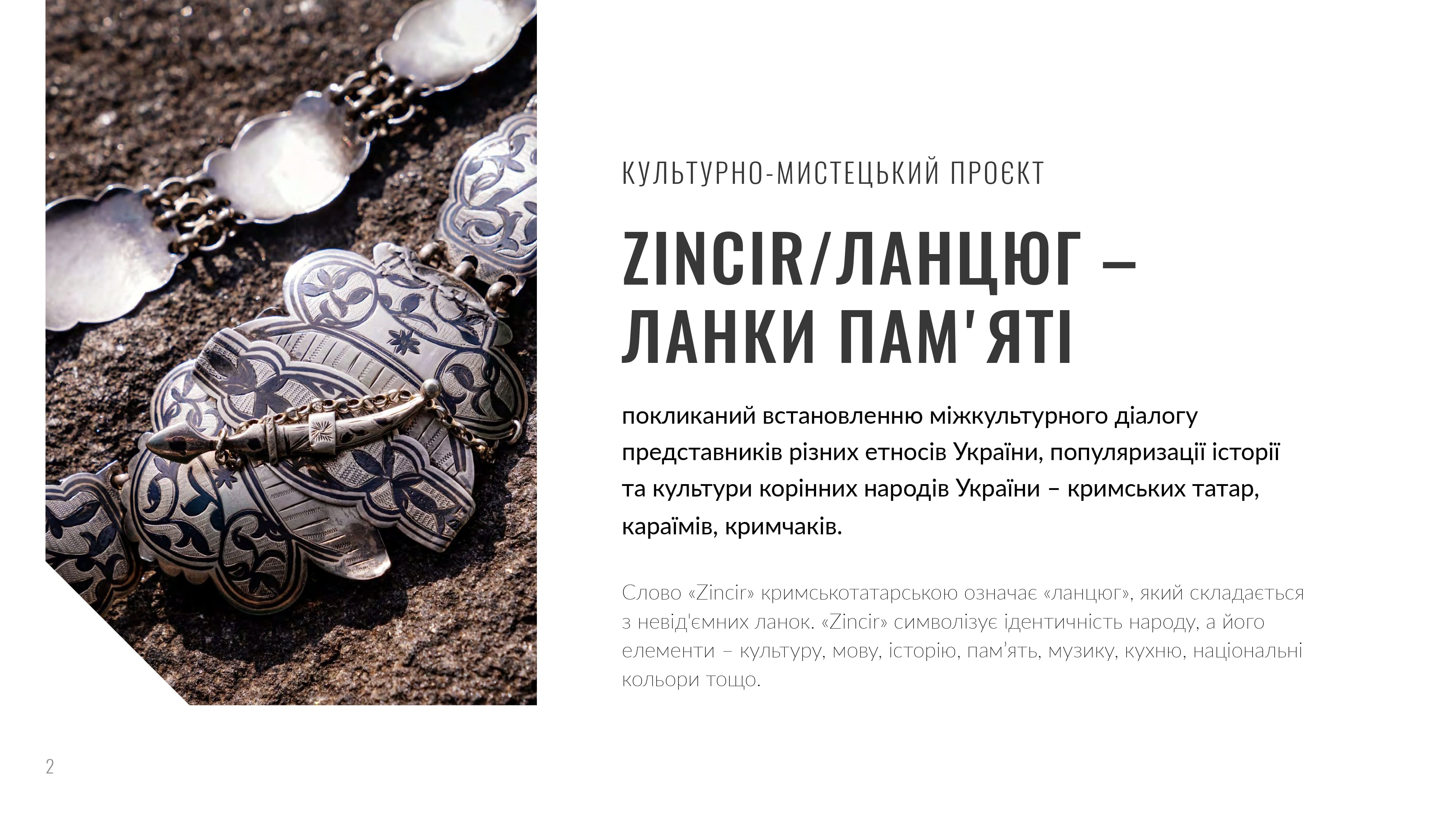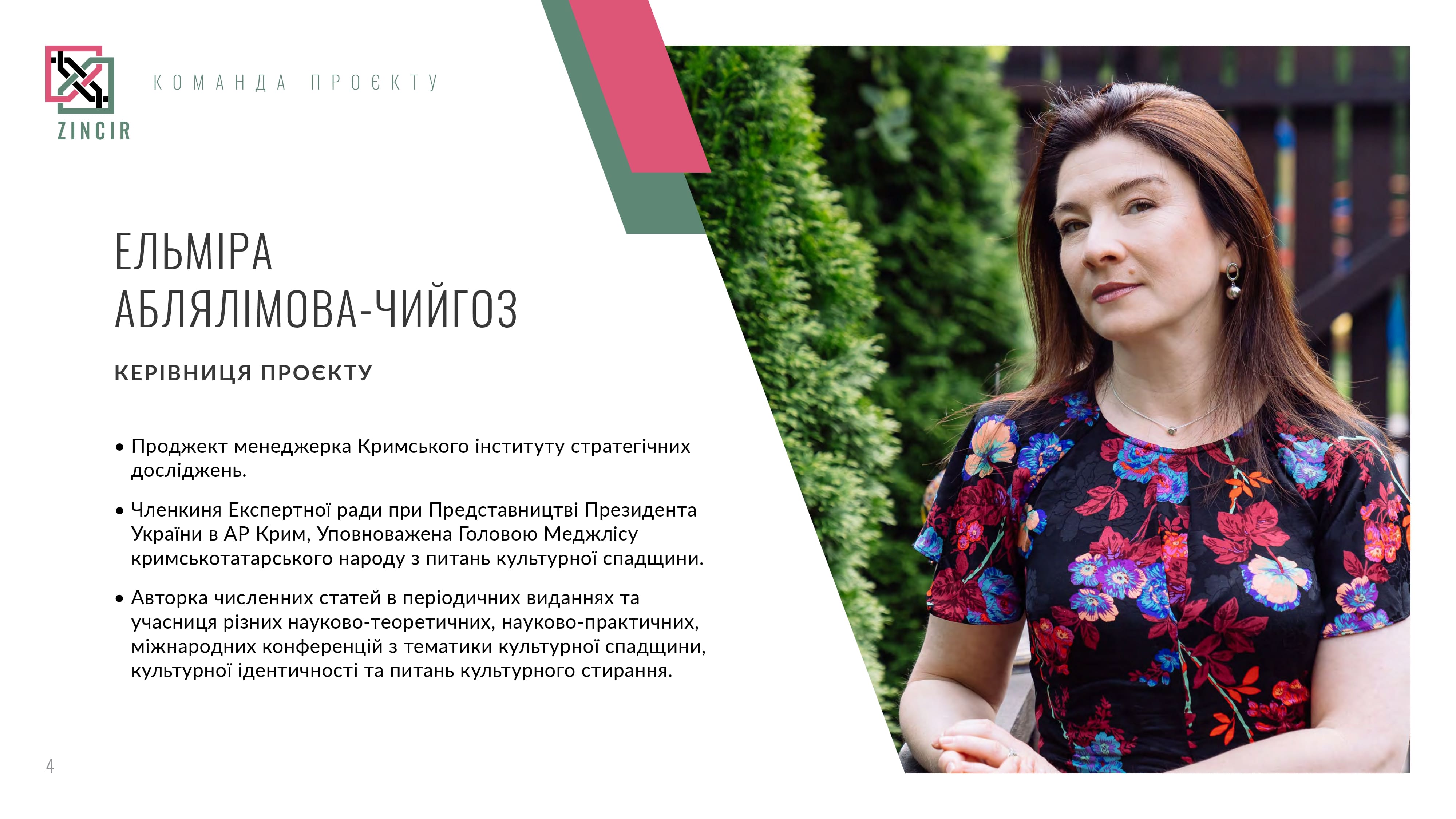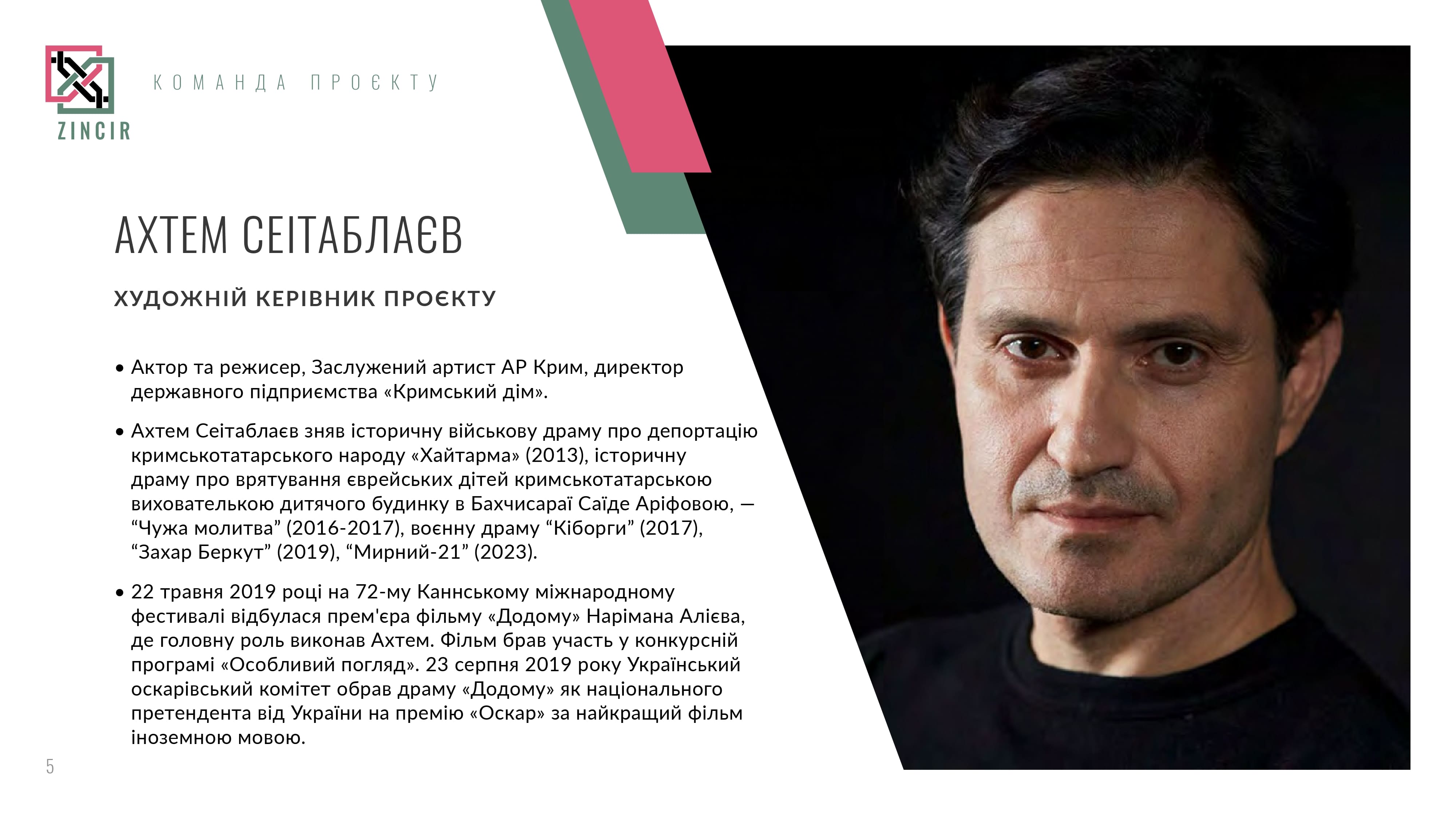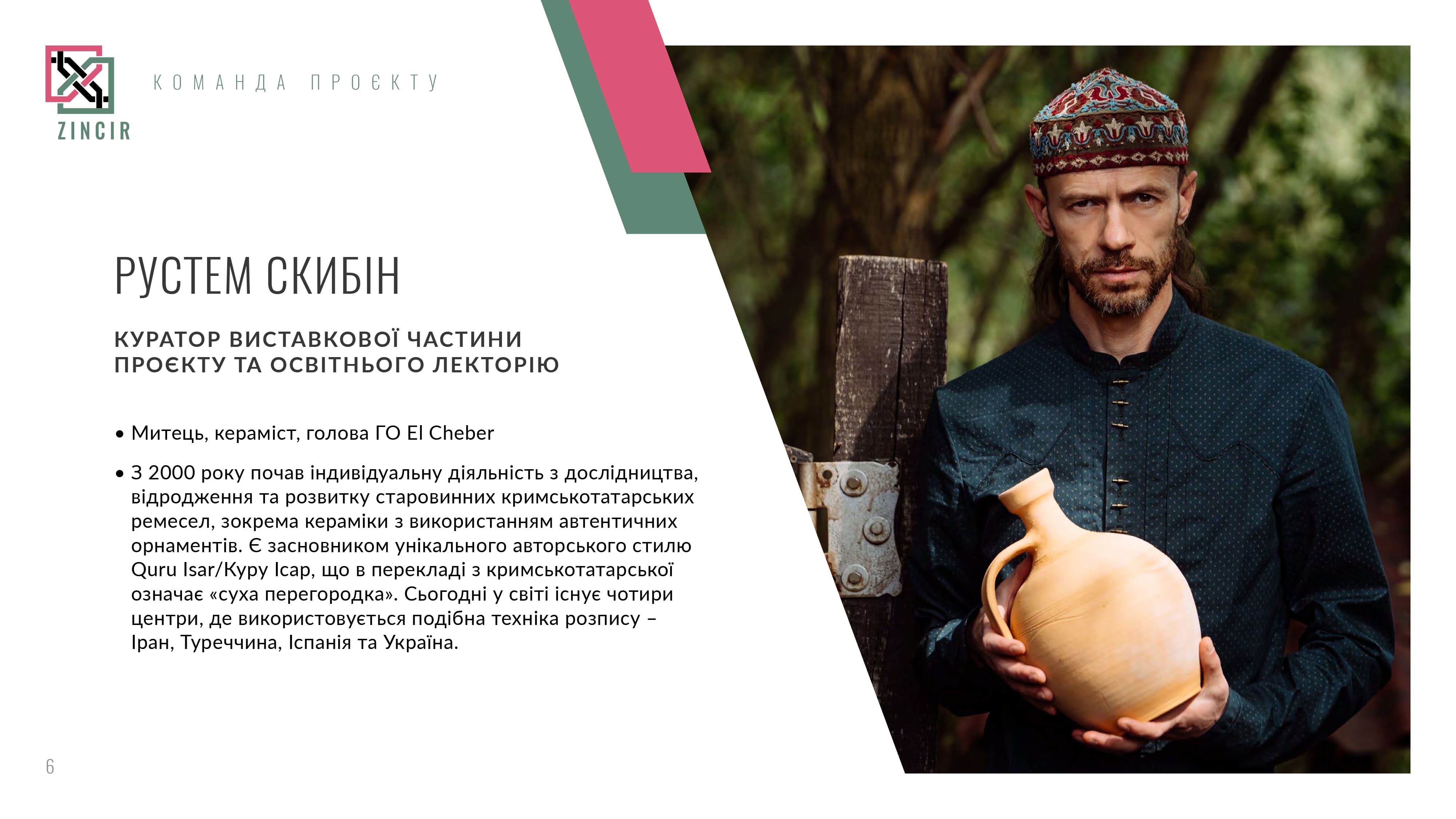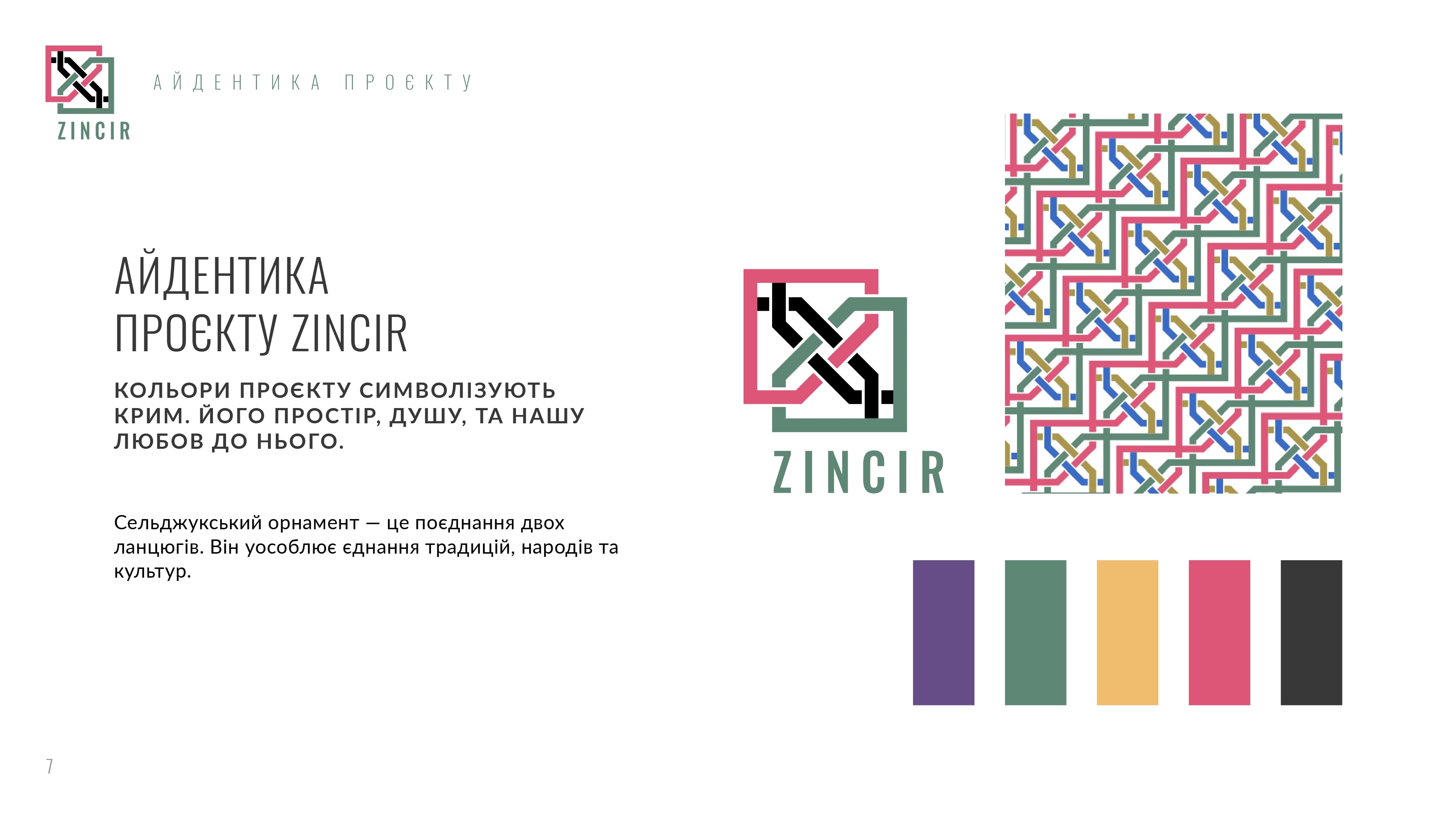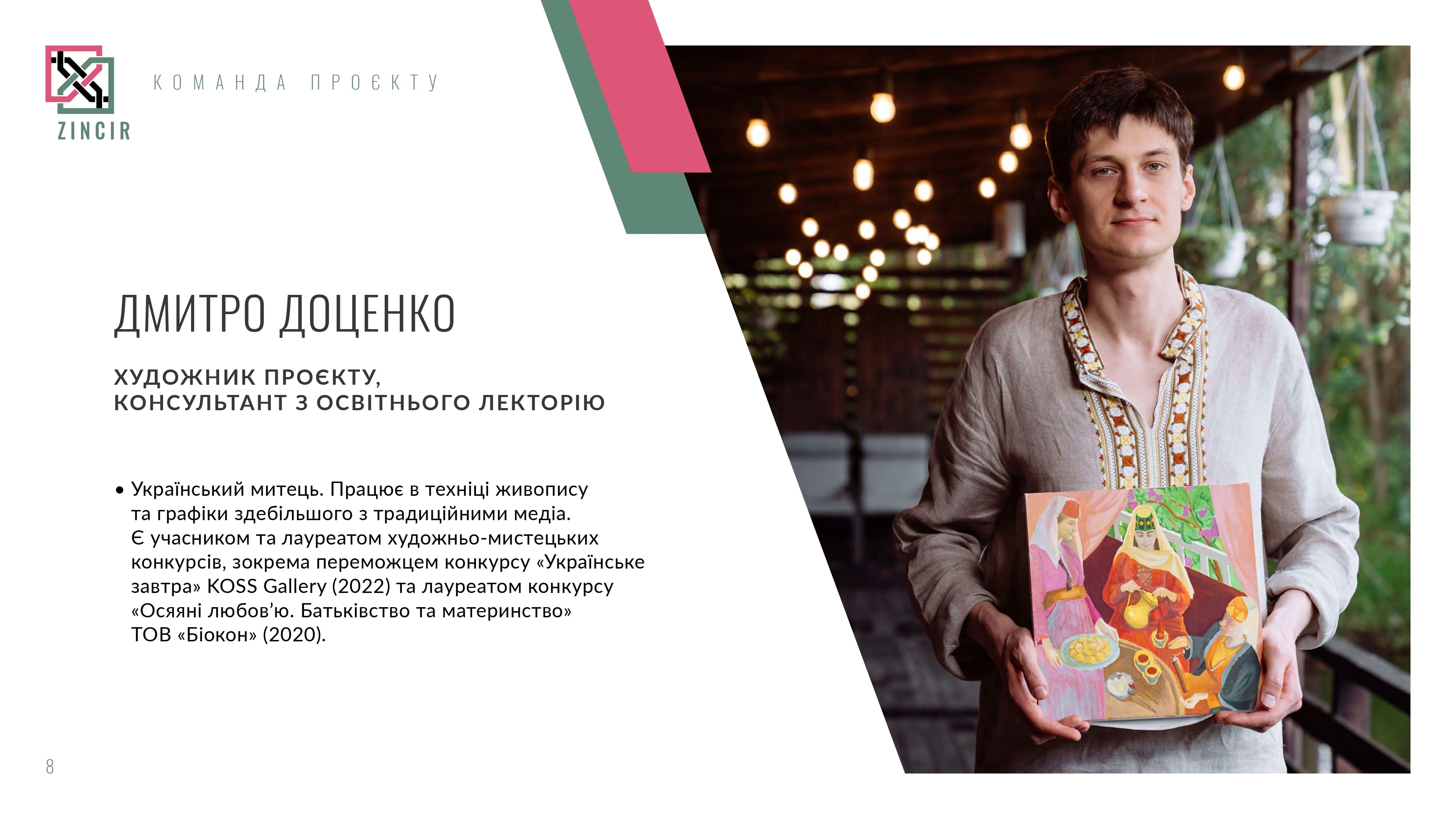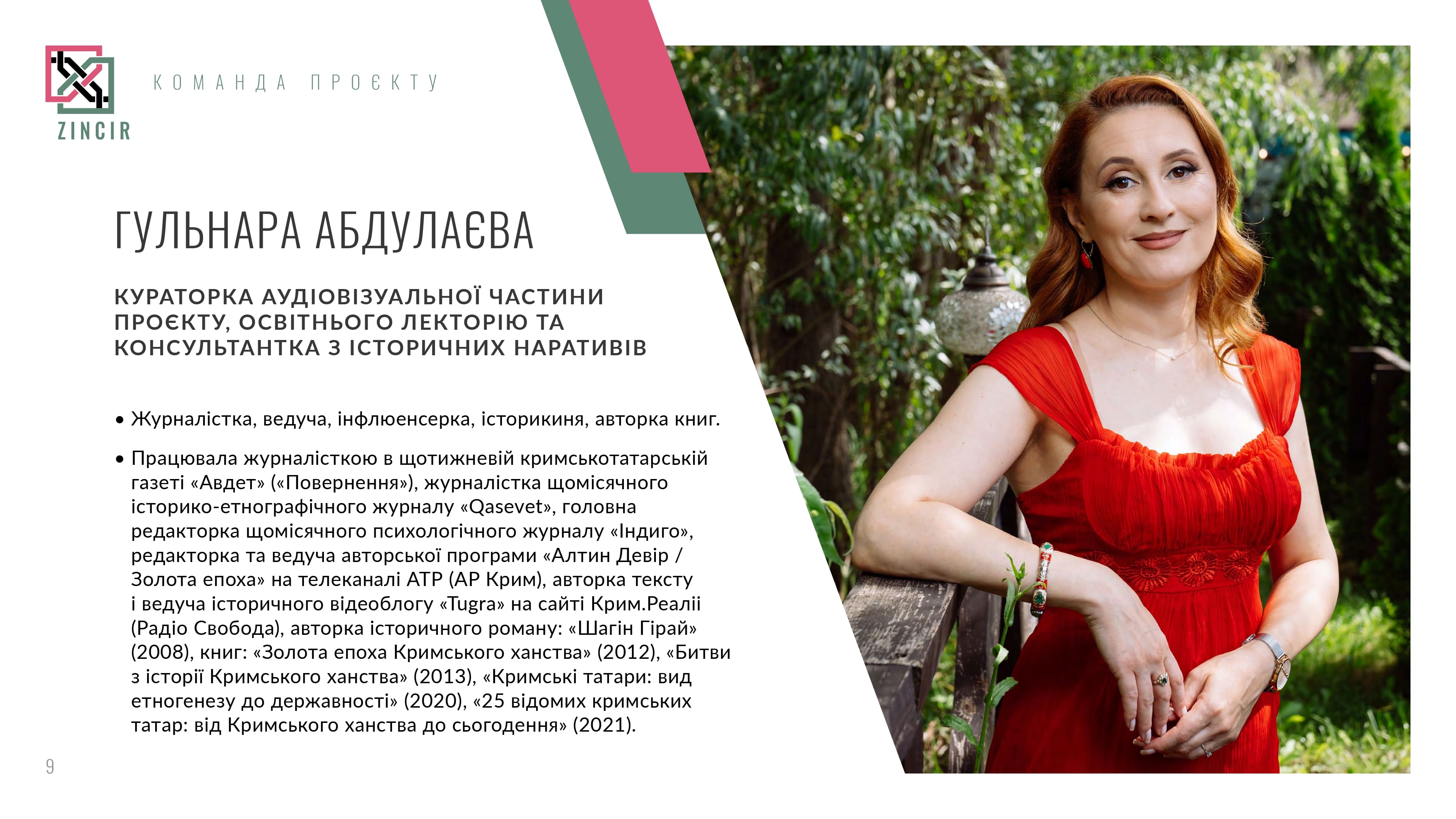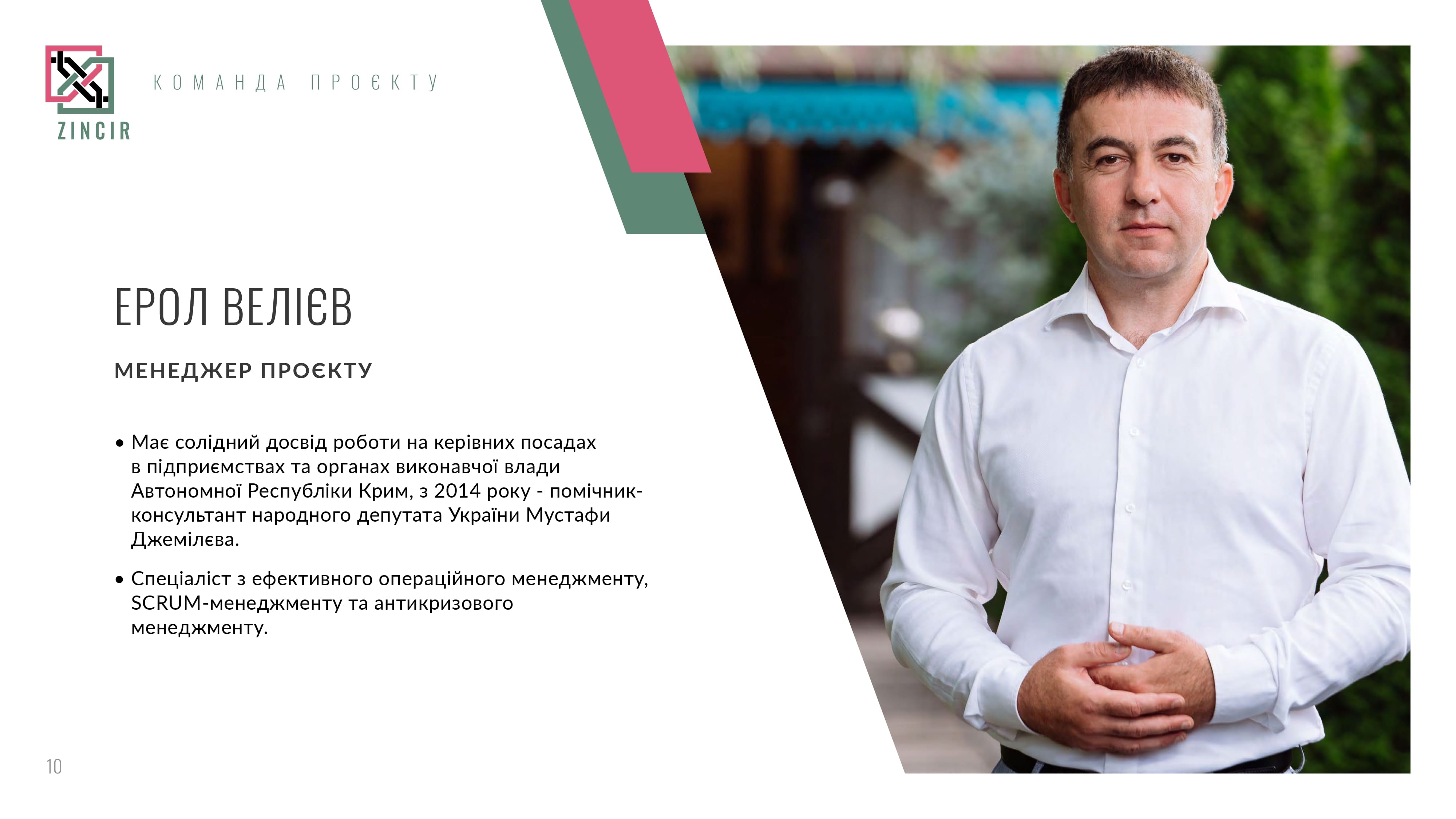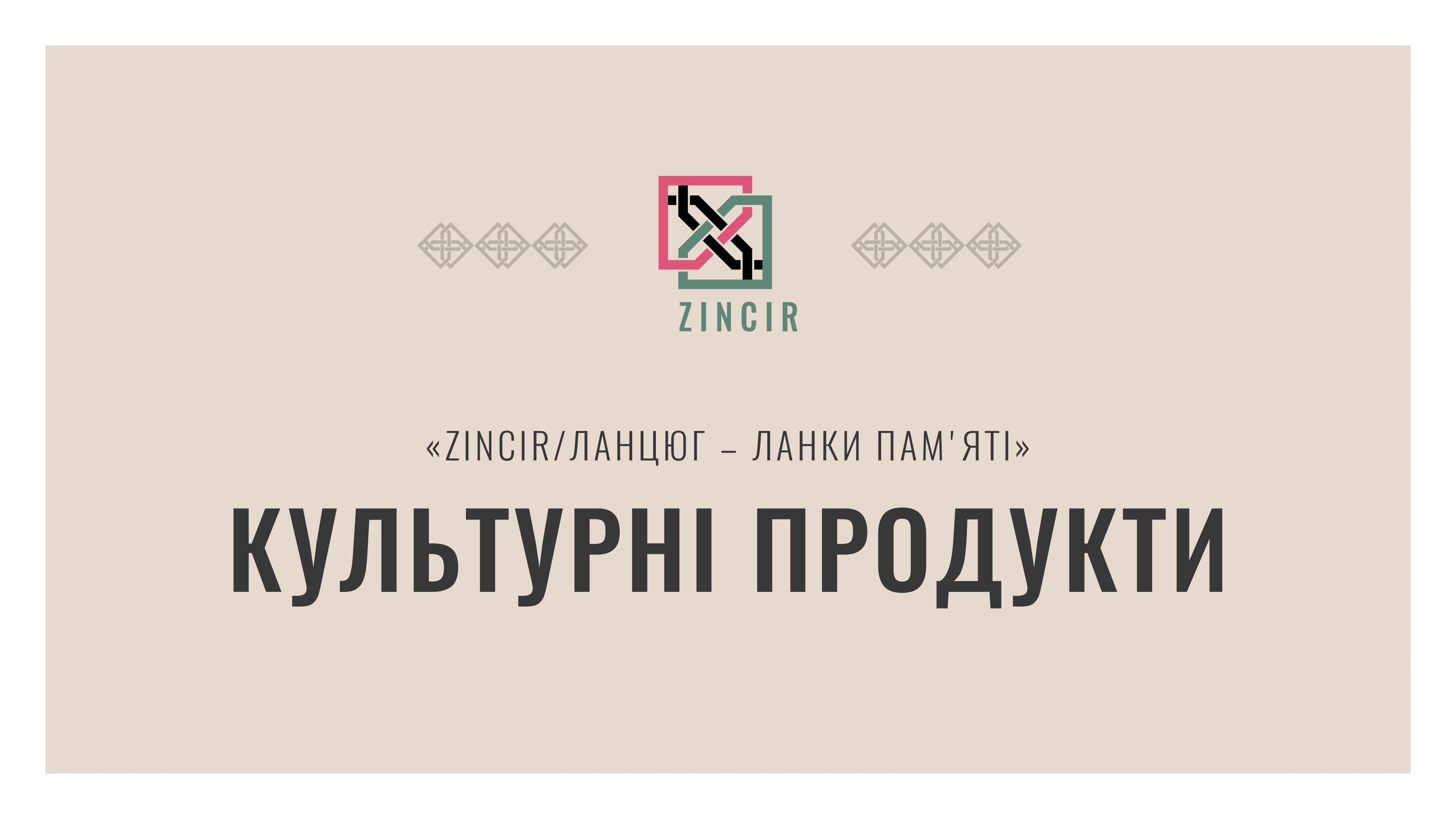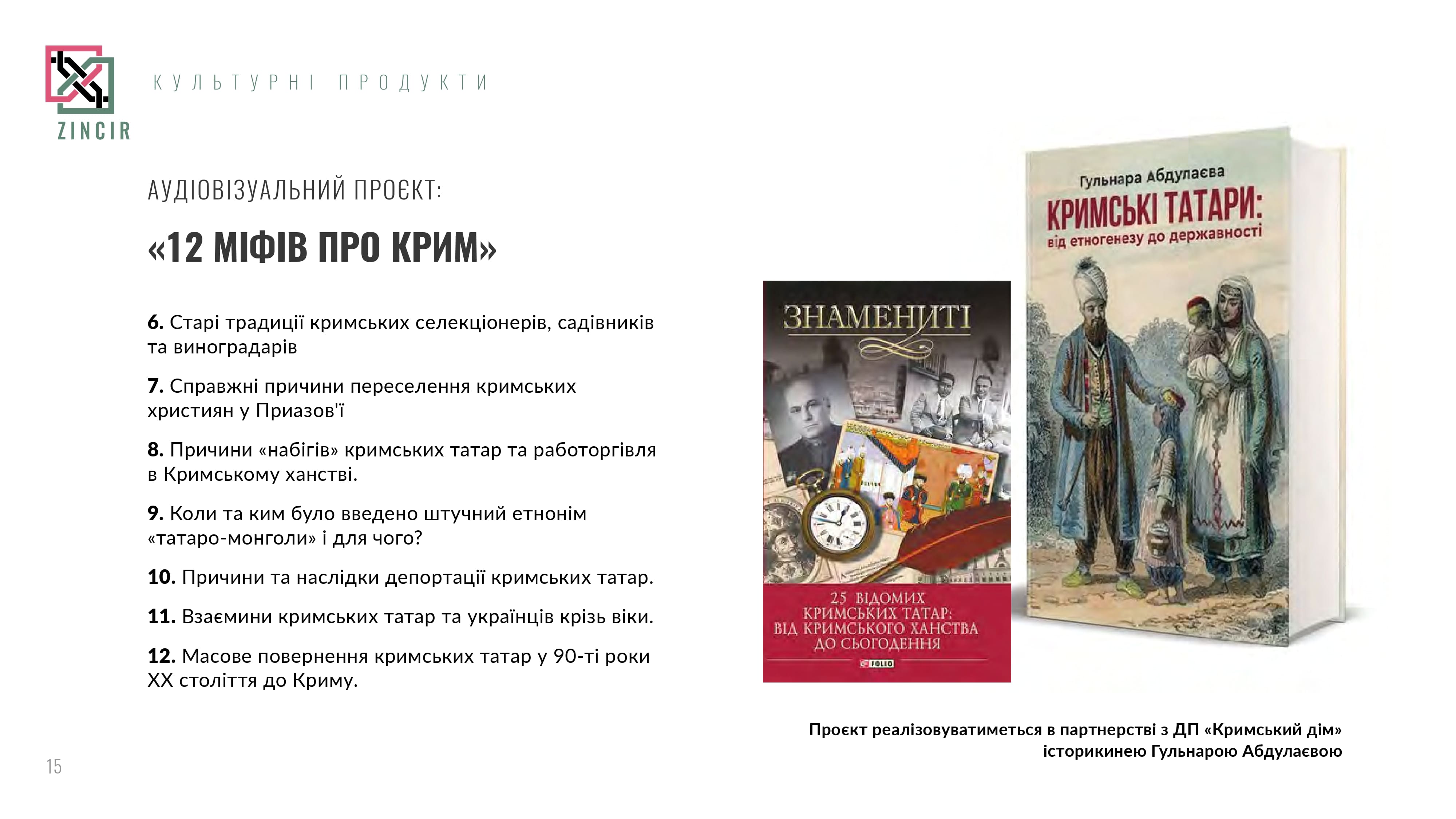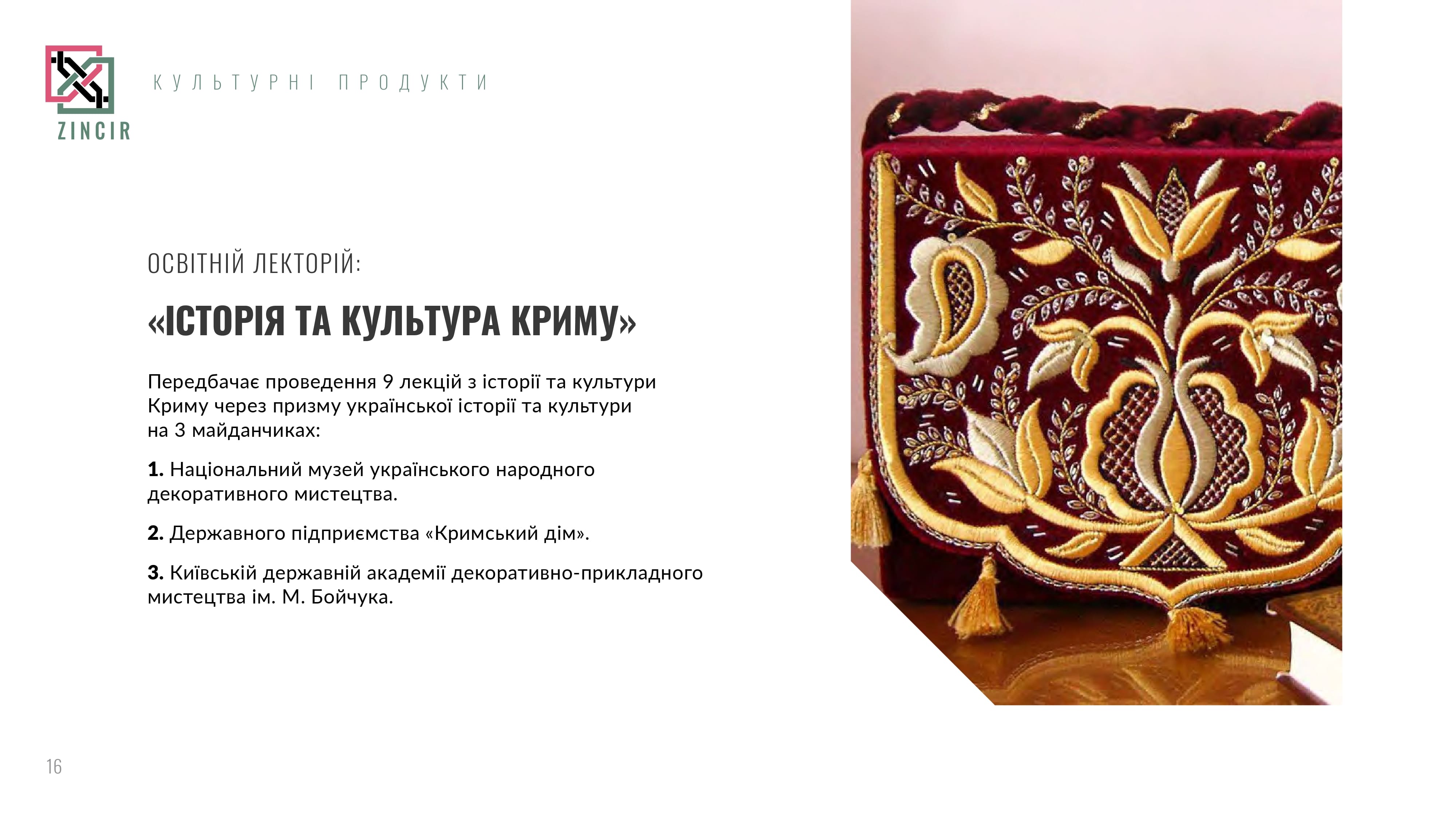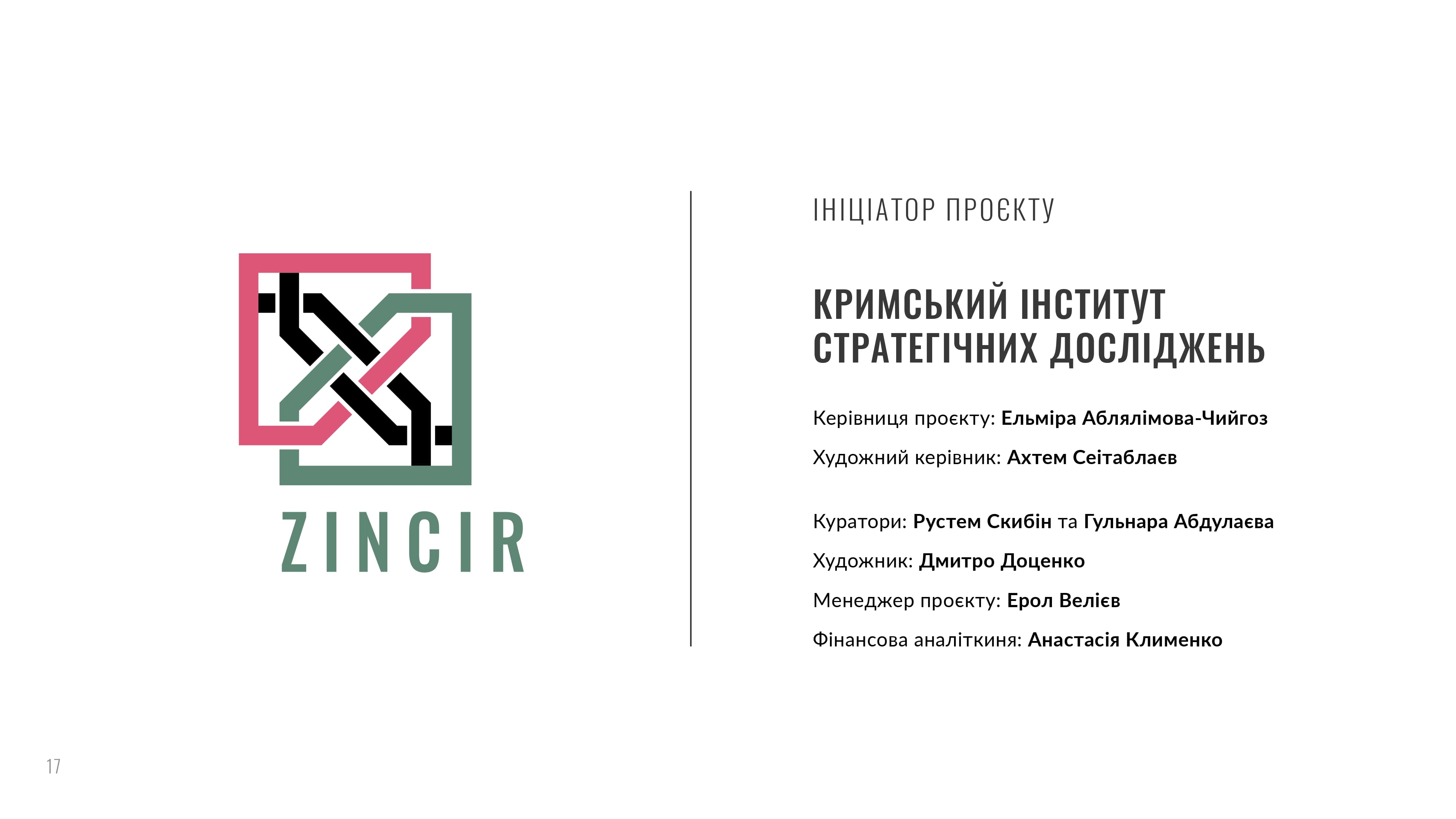One of the consequences of the Russian-Ukrainian war is the encapsulation/stagnation of the cul-ture of the indigenous peoples of Ukraine – the Crimean Tatars, Karaites, Krymchaks – who re-main in Crimea, temporarily occupied by the aggressor country, and are forced to channel their efforts, first of all, to the physical safety of themselves and their families.
The Crimean Tatar history, culture and traditions are a hostile narrative for the artificially created Russian ideology “Crimea has always been Russian” and is incompatible with all the myths about the peninsula, created by Russia over the past decades.
On the other hand, stereotypical ideas about the history of Crimea, erroneous assumptions about the ethnic, cultural and national characteristics of the indigenous peoples of Ukraine in the context of historical, cultural and political dimensions, imposed by Russian historiography and political ideology, still exist in the consciousness of Ukrainians.
The purpose of such narratives was to sow tension and misunderstandings between the Ukraini-an and Crimean Tatar peoples for the sake of asserting political and economic domination over them.
Therefore, measures designed to destroy the created myths and stereotypes and present the culture of indigenous peoples to wider Ukrainian audiences are a necessary task of today as they will contribute to the unity of our peoples against the aggressor, especially during the full-scale Russian-Ukrainian war.
ZINCIR/CHAIN – LINKS OF MEMORY is a cultural and artistic project implemented in 2023 with the support of the Ukrainian Cultural Foundation, which will foster intercultural dialogue between representatives of different ethnic groups of Ukraine and promote the history and culture of the indigenous peoples of Ukraine – Crimean Tatars, Karaites, Krymchaks.
The philosophy of the project is based on the word zincir, a Crimean Tatar for “chain,” which, as you will know, consists of links. This strong chain symbolizes the identity of the people.
The links of the chain are the elements of such an identity: culture, language, history, memory, music, cuisine, national colors, etc.
Besides, such a “chain of memory” unites Ukrainian and Crimean Tatar identities, Ukraine and Crimea, thus enriching them and firmly binding them together.
This connection is premised on our collective/national memory – perceptions of a shared past; on the unity of our values that have shaped our identities/cultures. This connection will be based on ideas about the common future of our country.
It is this intention that formed the basis of the idea of the project, within which three new competi-tive cultural products have been created through the development of partnerships in the field of cultural and creative industries, the union of decorative, applied and visual arts, and audiovisual and educational elements:
1. An exhibition project to be developed in partnership with the non-governmental organization El Cheber and presented in the National Folk Decorative Art Museum.
2. An audiovisual project – the creation of a cycle of12 videos , where each series is a separate story about the stereotypes and myths surrounding the history of Crimea, Crimean Tatars, Kara-ites and Krymchaks.
3. An educational lecture hall – the organization of nine lectures on the history and culture of Cri-mea through the lens of Ukrainian history and culture on three platforms:
a) National Folk Decorative Art Museum of Ukraine;
b) Crimean House State Company;
c) Boichuk Kyiv State Academy of Decorative Applied Arts and Design.
Project team:
Elmira Ablyalimova-Chiyhoz, project leader, project manager of the Crimean Institute for Strategic Studies, member of the Expert Council at the Mission of the President of Ukraine in the Autono-mous Republic of Crimea
Erol Veliiev, project manager
Akhtem Seitablaiev, art director of the project, actor and film director, director of the Crimean House State Company
Rustem Skybin, curator of the exhibition part of the project and the educational lecture hall, ce-ramic artist, chairman of El Cheber NGO
Gulnara Abdulaieva, curator of the audiovisual part of the project and the educational lecture hall, consultant on historical narratives, journalist, historian
Dmytro Dotsenko, project artist
